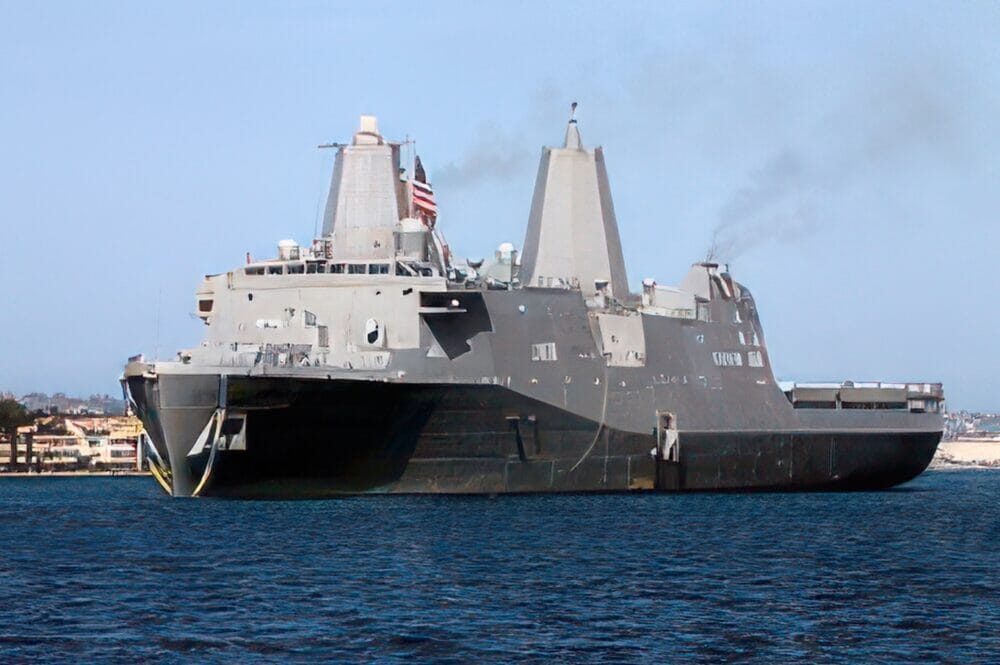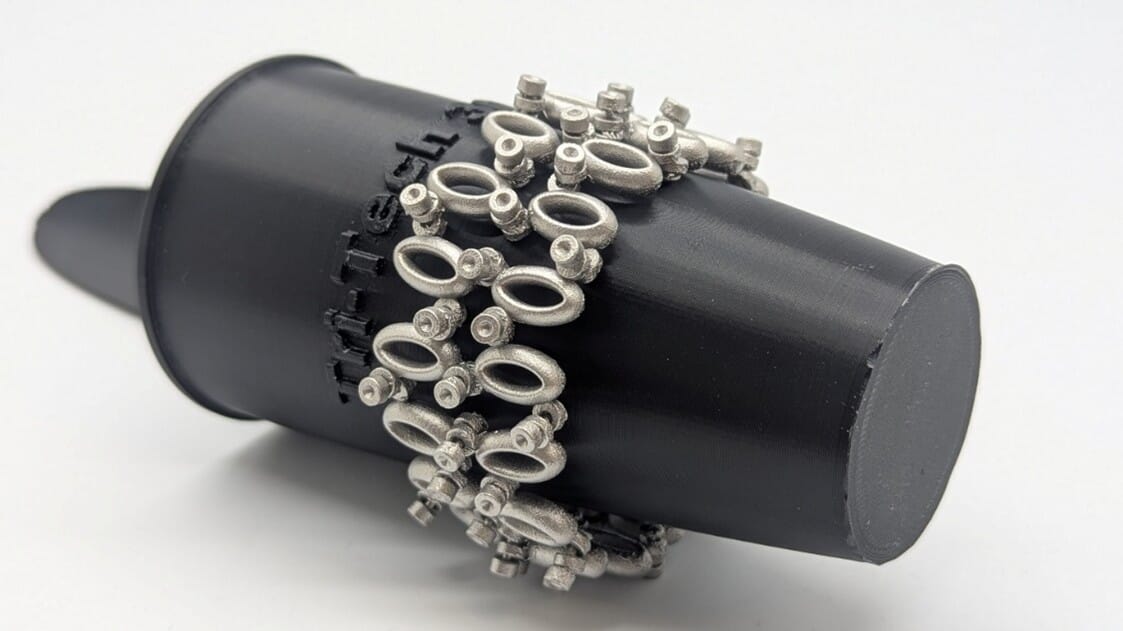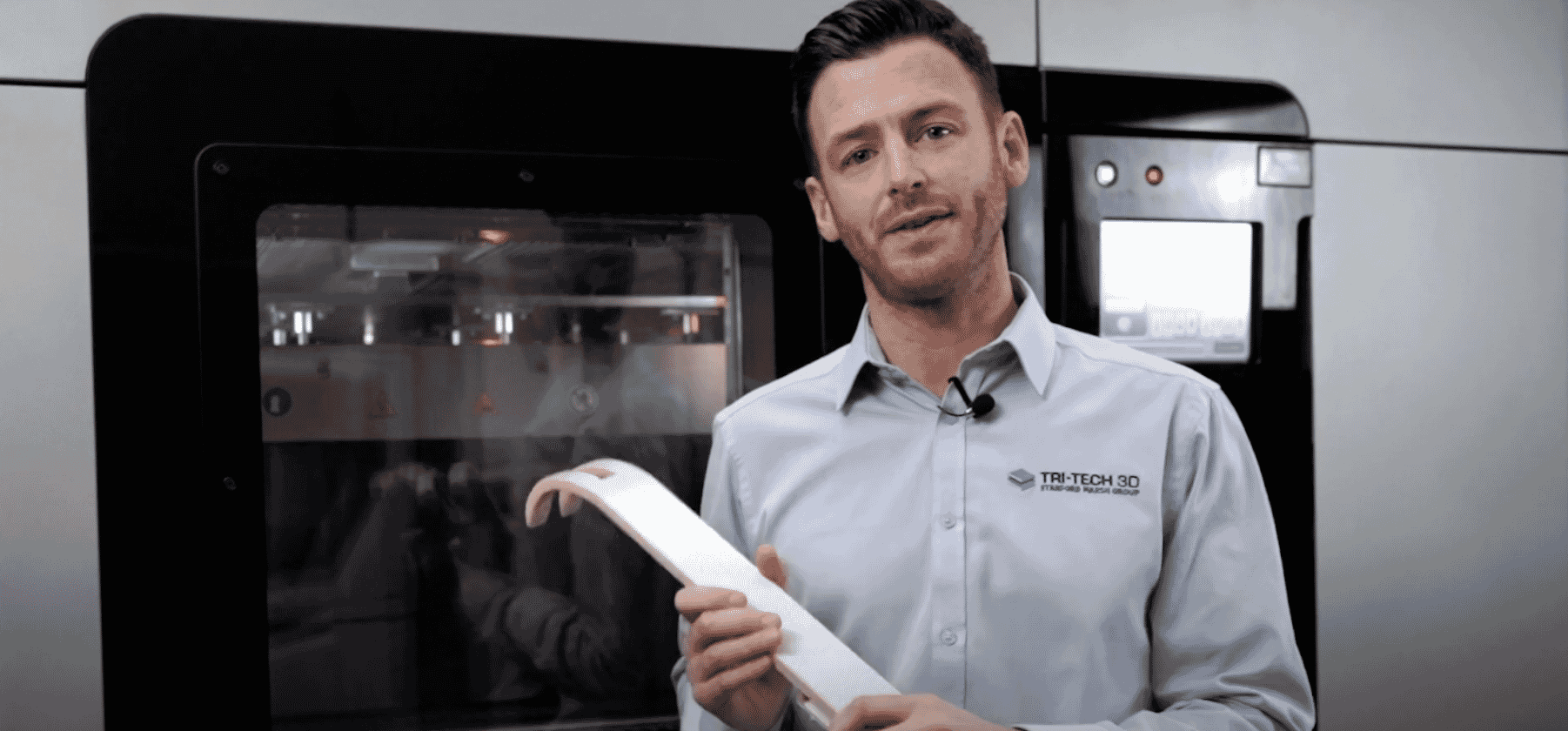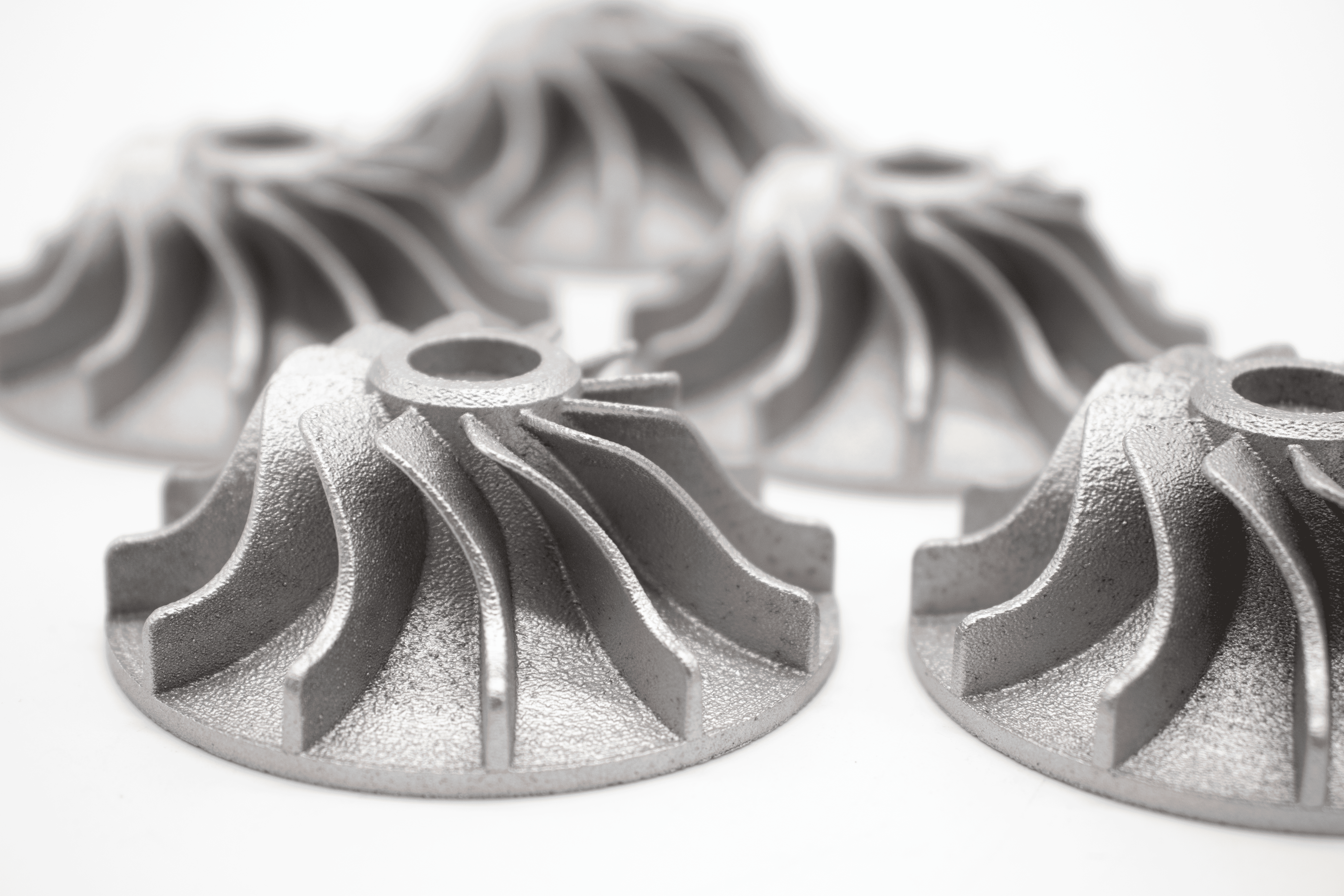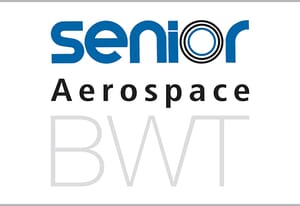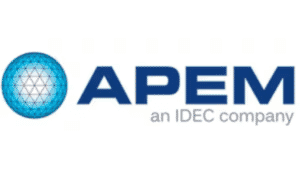In a groundbreaking advancement for maritime operations, the U.S. Navy has successfully utilized ADDiTEC’s proprietary Liquid Metal Jetting (LMJ) technology to produce functional parts afloat.
This cutting-edge LMJ technology marks a significant milestone in the field of additive manufacturing, specifically tailored for high-strength aluminum alloys such as Al-6061.
Recently, Navy Sailors printed essential parts on the USS San Diego while she was home ported in San Diego. The process proved to be remarkably efficient and straightforward, even in the challenging conditions of an active maritime environment. The printed parts were evaluated for quality and performance, with results indicating that the components were both acceptable and fully functional for their intended applications.

Aluminum 6061 parts printed on the USS San Diego
Dr. Garth Hobson, Director of the Consortium for Advanced Manufacturing, Research and Education, at the Naval Postgraduate School, Monterey, California said “The ease of use and the quality of the printed parts exceeded our expectations. This technology represents a significant enhancement in our ability to maintain and repair equipment while at sea.”
The Naval Postgraduate School (NPS) and the Consortium for Advanced Manufacturing, Research and Education (CAMRE) play a pivotal role in advancing the use of cutting-edge 3D printing technologies. This collaboration focuses on testing and researching innovative use cases that demonstrate the operational benefits of additive manufacturing in naval environments. By leveraging the capabilities of ADDiTEC Technology NPS and CAMRE have successfully developed and evaluated components and systems that can be produced on-demand at sea, directly addressing logistical challenges. This was highlighted by ADDiTEC Technology on the USS San Diego, where it was used to fabricate critical parts, reducing downtime and enabling faster repairs, ultimately enhancing the ship’s operational readiness and efficiency. The research also explores the broader implications of 3D printing in enhancing the Navy’s adaptability and supply chain resilience in remote or combat settings.

USS San Diego
ADDiTEC, the innovative force behind this technology, has dedicated considerable efforts refining theie LMJ technology to meet the stringent requirements of naval operations. Their focus on developing a robust and user-friendly solution has paid off, as evidenced by the successful implementation and positive feedback from U.S. Navy Sailors.

“We have worked tirelessly to ensure that our 3D printing technologies meets the specific needs of maritime operations, and we are working to continuously enhance their reliability and efficiency, ensuring they are fully mission-ready for any operational demands.” said Brian Mathews, ADDiTEC’s CEO. “Seeing our efforts come to fruition with the successful printing of functional parts at sea is incredibly rewarding. We remain dedicated to our ongoing collaboration with the Navy, focusing on advancing LMJ technology within our innovative new Hybrid Series, which seamlessly integrates both additive and subtractive manufacturing capabilities into a single machine.
The ability to print high-strength aluminum alloy parts on demand represents a transformative shift in how the U.S. Navy can manage its resources and address maintenance challenges. This advancement not only improves operational readiness but also reduces dependency on traditional supply chains to mitigate contested logistics scenarios providing a strategic advantage for expeditionary and distributed maritime forces.

